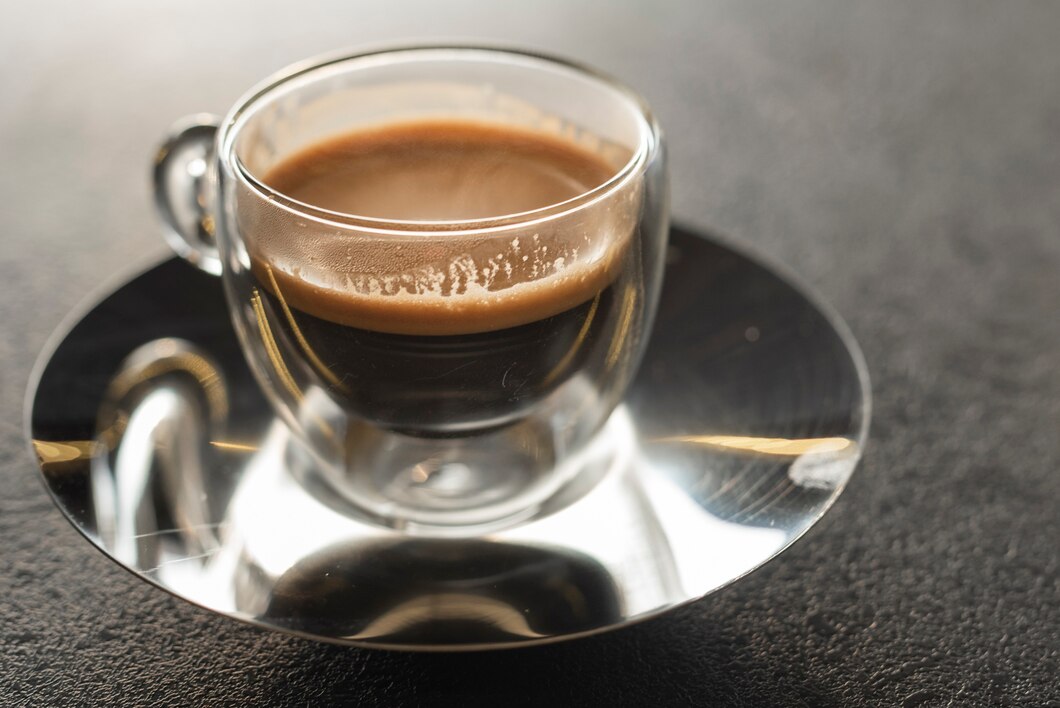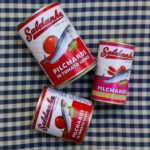Espresso, the heart of many coffee drinks, is a concentrated coffee beverage cherished for its rich flavor and velvety texture. Crafting the perfect espresso is both an art and a science. Here’s a step-by-step guide to help you achieve espresso perfection.
1. Select High-Quality Coffee Beans:
The foundation of a great espresso starts with high-quality coffee beans. Choose freshly roasted beans, ideally within two to four weeks of roasting. Look for beans specifically labeled for espresso to ensure they have the right profile for extraction.
2. Proper Storage:
Store your coffee beans in an airtight container in a cool, dark place. Avoid refrigeration or freezing, as moisture can degrade the beans’ quality.
3. Grind Size:
Grind size is crucial for espresso. It should be fine, similar to table salt. Use a burr grinder for consistency and adjust the grind size to achieve the optimal extraction time, typically between 25 to 30 seconds for a 1-ounce shot.
4. Dose:
The standard dose for a single espresso shot is 7-9 grams of coffee, while a double shot requires 14-18 grams. Use a scale to measure the coffee accurately.
5. Distribute and Tamp:
Distribute the ground coffee evenly in the portafilter to prevent channeling. Use a tamper to press the grounds with consistent pressure (around 30 pounds). The tamp should be level to ensure even extraction.
6. Preheat the Machine:
Ensure your espresso machine is fully preheated. Run a shot of water through the group head to stabilize the temperature and clean any residual coffee grounds.
7. Brewing Temperature:
The ideal brewing temperature is between 195°F and 205°F (90°C to 96°C). Check your machine’s settings and adjust if necessary to maintain this range.
8. Brew Time:
Insert the portafilter into the machine and start the extraction. Aim for a brew time of 25-30 seconds. If the shot is too fast, the grind might be too coarse; if it’s too slow, the grind could be too fine.
9. Observe the Flow:
The espresso should flow like warm honey, smooth and consistent. The resulting shot should have a rich, thick crema on top, indicating a well-extracted espresso.
10. Taste and Adjust:
Taste the espresso and adjust as needed. If it’s too bitter, reduce the extraction time or use a coarser grind. If it’s too sour, increase the extraction time or use a finer grind. Consistent practice will help you dial in the perfect shot.
Additional Tips for Excellence:
– Clean Equipment:
Regularly clean your espresso machine and grinder. Residual oils and coffee particles can affect the taste of your espresso.
– Water Quality:
Use filtered water to prevent impurities from altering the flavor of your espresso. Hard water can also damage your machine over time.
– Experiment with Blends:
Try different coffee blends and origins to discover the flavors you enjoy most. Single-origin beans can offer unique taste profiles, while blends provide a balanced flavor.
– Practice:
Mastering the art of espresso takes practice. Keep a journal of your settings and results to track your progress and refine your technique.
Creating the perfect espresso is a rewarding endeavor that combines precision, patience, and passion. By paying attention to every detail—from bean selection to brewing technique—you can enjoy a consistently excellent espresso that showcases the rich flavors and aromas of your favorite coffee beans. Happy brewing!








